Has Your Dog Been Through Something Stressful? Here’s 10 Tips To Help Them Recover

Life can be unpredictable, and just like humans, dogs can experience stressful events that can leave them feeling anxious and out of sorts.
Whether it’s a visit to the vet, moving to a new home, or the arrival of a new family member, our furry friends can find themselves in situations that challenge their usual calm demeanor.
Helping your dog recover from stress is crucial for their happiness and well-being. Here, we share some thoughtful tips to guide your pup back to their joyful, tail-wagging self.
1. Create A Safe Space

Every dog needs a sanctuary, a place where they can retreat and feel utterly secure. Creating a safe space for your furry friend involves more than just designating a corner of the house. It’s about curating an environment that speaks to their comfort and security needs. Soft bedding, favorite toys, and a consistent place where they can find peace are key elements.
Consider the lighting and noise levels, aiming for a quiet, dimly lit area that cocoons them in warmth. This safe space should be accessible at all times, allowing your dog to retreat whenever they feel overwhelmed. It’s not just about physical comfort; it’s about providing emotional solace too.
If your dog associates a particular smell with home, like a specific fabric softener or your scent on their blanket, make sure these are part of their space. The familiar aromas can provide a sense of continuity and reassurance, helping to soothe frayed nerves.
2. Establish A Routine
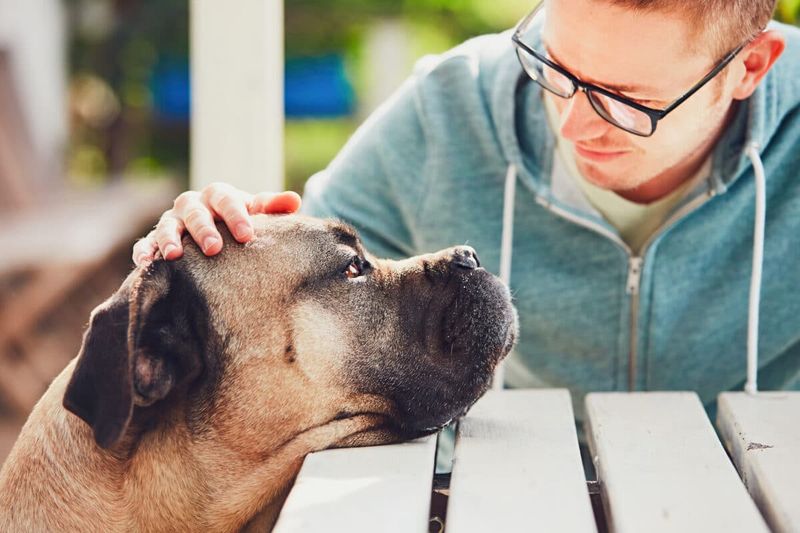
Dogs thrive on routine, which provides them with a comforting sense of predictability. Establishing a consistent daily schedule can help alleviate stress and restore a sense of control. Meals, walks, playtime, and rest should occur at the same time each day, creating a rhythm that your dog can rely on.
This structure is especially beneficial in times of uncertainty. By knowing what to expect, your dog’s anxiety levels can decrease, as the routine acts like a roadmap guiding them through their day. Even when life gets chaotic, maintaining their routine can serve as an anchor.
Remember to incorporate flexibility for those occasional surprises or changes. The goal is to provide stability, not rigidity. Adjustments might be needed, but the core elements should remain consistent to provide that essential security blanket.
3. Engage In Gentle Play
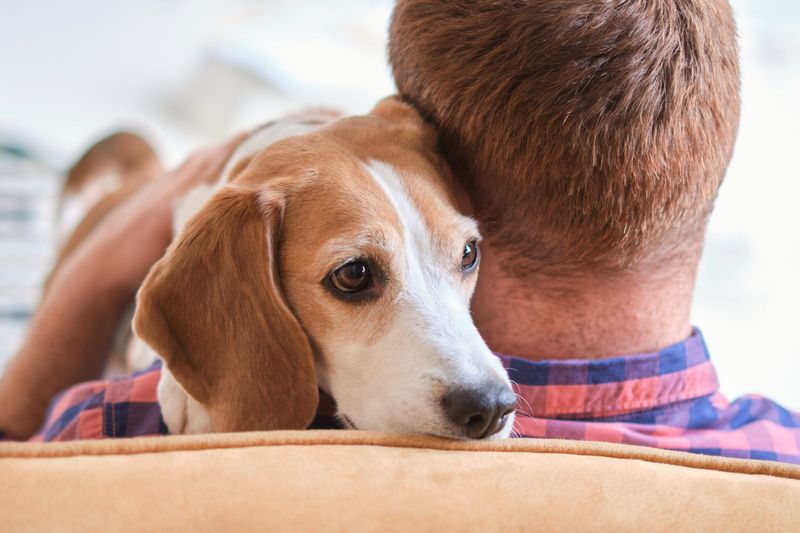
Playtime is not just about physical exercise; it’s a way to strengthen the bond between you and your dog while providing mental stimulation. Gentle play, tailored to your dog’s emotional state, can offer a joyful distraction from their stress. Choose activities that your dog enjoys and that do not overwhelm them.
For some dogs, a gentle game of fetch or a puzzle toy might be the perfect way to engage. For others, even a simple stroll in the garden or a light tug-of-war can be delightful. The key is to read your dog’s cues and adjust the activity to match their comfort level.
These interactions can help rebuild their confidence and remind them of the joys in life. It’s about creating moments of happiness and ensuring your dog knows they are loved and safe, reinforcing the trust between you both.
4. Use Calming Products

Calming products can offer an additional layer of support for dogs recovering from stress. There’s a variety of options available, from pheromone diffusers to calming collars and natural supplements. These products aim to soothe anxiety by tapping into your dog’s natural calming instincts.
Pheromone diffusers mimic the comforting smell of a mother dog’s scent, which can reassure a nervous pet. Collars infused with calming herbs or essential oils are another option, providing a gentle, continuous source of relief.
Treats and supplements containing ingredients like chamomile or L-theanine can be incorporated into their diet to promote relaxation. It’s important to choose products suitable for your dog’s specific needs and consult with a vet to ensure safety and effectiveness. These aids should complement other comforting strategies, creating a comprehensive approach to stress reduction.
5. Provide Mental Stimulation
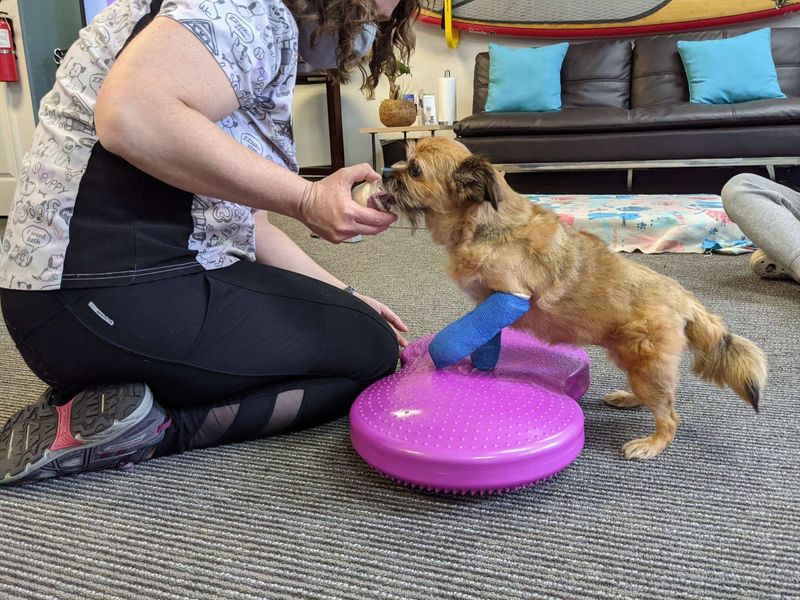
Mental stimulation is as crucial as physical exercise in helping a stressed dog recover. Engaging your dog’s mind can distract them from anxiety and encourage positive behavior. Puzzle toys and games that challenge your dog’s problem-solving skills can be both entertaining and enriching.
These activities can range from a simple hide-and-seek with treats to more complex puzzles that require them to think and strategize. The goal is to keep their minds occupied and engaged, which can be particularly effective in diverting attention away from stressors.
Brain games strengthen the bond between you and your pet as you work together to solve challenges. It’s a fun way to build confidence and encourage curiosity, helping your dog feel more secure and less focused on their worries. Always choose activities that match your dog’s capabilities and interests for the best results.
6. Encourage Socialization
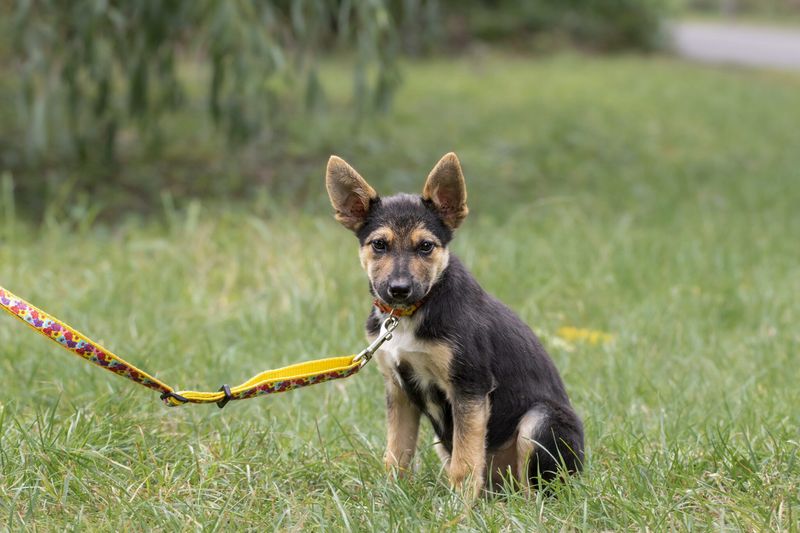
Socialization plays a significant role in a dog’s emotional recovery. Gradual exposure to other dogs and people can help them regain their confidence and reduce anxiety. Start with controlled environments where your dog feels safe, like a familiar park or a friend’s backyard.
Allow your dog to approach new experiences at their own pace, providing plenty of encouragement and positive reinforcement. The aim is to create positive associations with social interactions, reinforcing that new encounters are fun and not something to fear.
Socialization should be a gentle process, tailored to your dog’s comfort level and previous experiences. Over time, this gradual exposure can help rebuild their social skills and enhance their emotional resilience. Keep monitoring their reactions and provide breaks if they show signs of stress or fatigue.
7. Consult A Professional
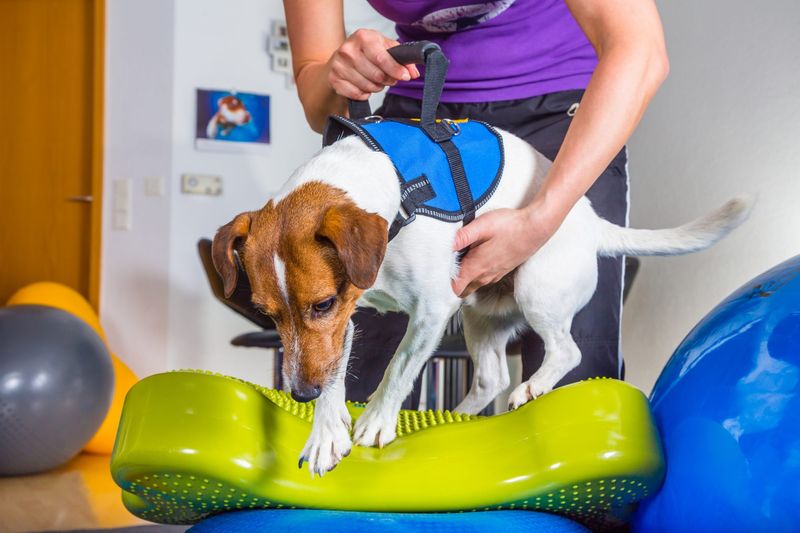
Seeking professional help can be a pivotal step in your dog’s recovery journey. A certified animal behaviorist or a professional trainer can offer tailored strategies to address your dog’s specific stressors and behaviors. These experts understand the complexities of canine psychology and can present solutions that you might not have considered.
They can guide you in implementing behavior modification techniques and provide insights into any underlying issues contributing to your dog’s stress. Professional guidance ensures that your approach is effective and informed, helping to prevent further anxiety or behavioral problems.
Collaborating with a professional doesn’t mean you’re failing your pet; it’s a proactive step to ensure their well-being. Their expertise can provide clarity and direction, allowing you to better support your furry friend as they navigate their recovery.
8. Keep Communication Open
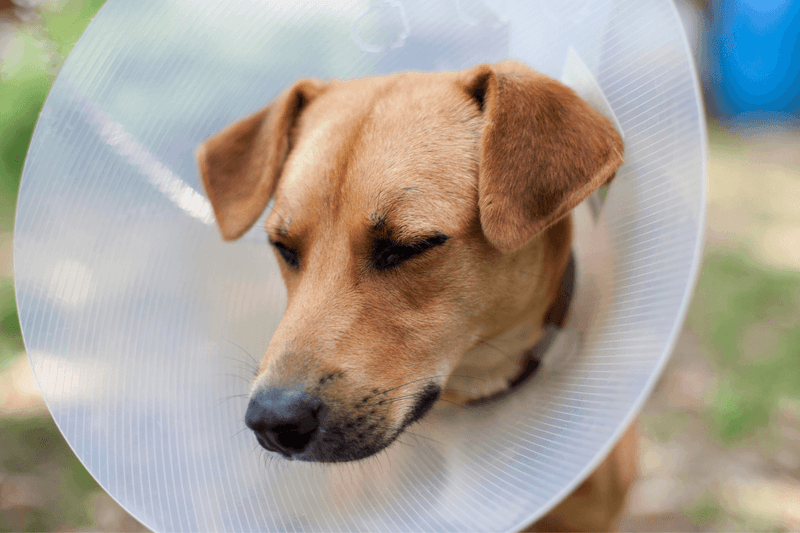
Communication with your dog is not only about verbal commands but also about understanding their non-verbal cues. Being attuned to your dog’s body language can improve your interactions and strengthen your bond. Dogs express themselves in various ways, including tail wags, ear positions, and vocalizations.
Observing and responding to these signals can help you provide the comfort and reassurance they need during stressful times. Talk to your dog in a soothing, calm voice to let them know you’re there for them. This reassurance can be incredibly comforting, helping to alleviate their fears.
Consistent, positive interactions build trust and reinforce your relationship. It’s about creating a dialogue where your dog feels heard and understood, leading to a calmer and more secure pet. The more you engage with your dog on their terms, the better you can support them through challenging times.
9. Encourage Physical Exercise
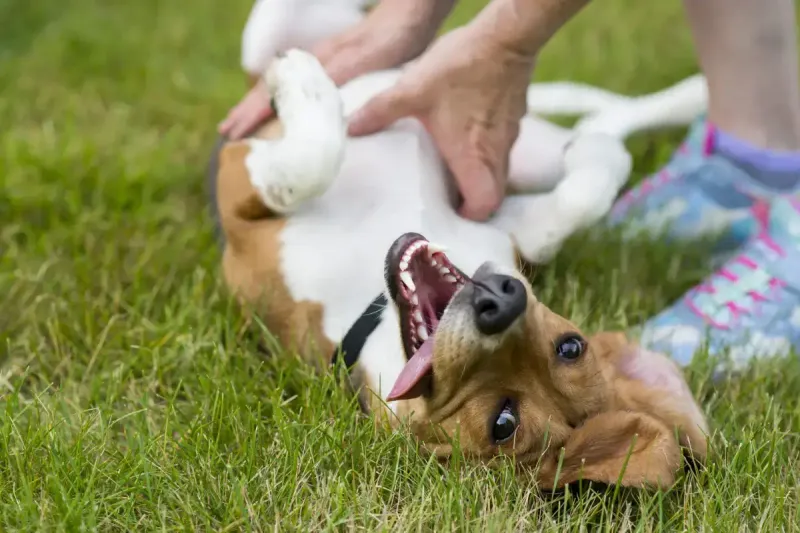
Physical exercise is a natural stress reliever for dogs, helping to burn off excess energy and promote well-being. Regular exercise routines can aid in reducing anxiety and providing a healthy outlet for stress. Activities should be suitable for your dog’s age, breed, and physical condition, ensuring they’re both enjoyable and beneficial.
Walking, running, or playing fetch are excellent ways to keep your dog active and engaged. These activities not only improve physical health but also provide mental stimulation and strengthen your bond. It’s an opportunity for exploration and adventure, which can be invigorating for both you and your pet.
Ensure the environment is safe and familiar, minimizing any additional stressors while encouraging exploration. Physical activity should be a joyful experience, one that leaves your dog feeling satisfied and at ease, contributing to their overall emotional recovery.
10. Maintain A Healthy Diet
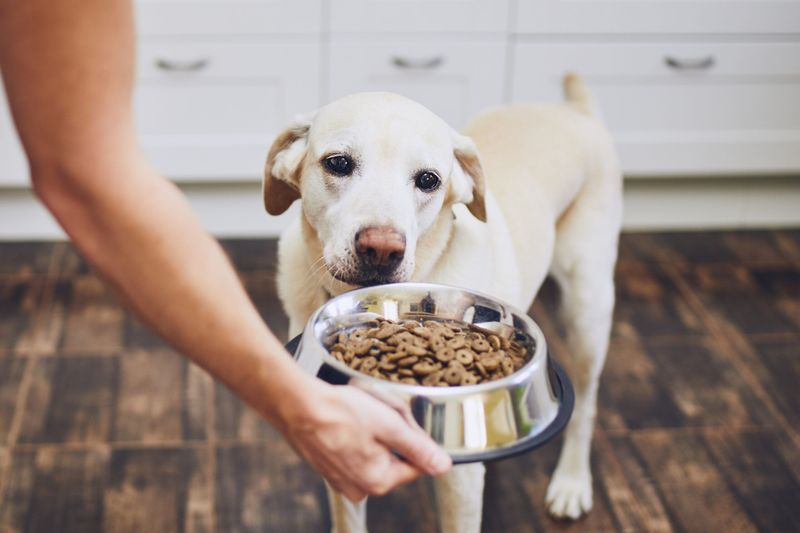
Nutrition plays a pivotal role in your dog’s recovery process. A balanced diet rich in essential nutrients can enhance their mood and support overall health. Proper nutrition provides the energy needed to cope with stress and aids in the recovery process.
Consult with a veterinarian to ensure your dog’s diet meets their specific needs, especially if they have any health conditions. Fresh ingredients like lean meats, vegetables, and grains can boost their immune system and promote a healthy gut, which is linked to emotional well-being.
Avoid sudden changes in diet that could further stress your dog. Instead, any dietary adjustments should be gradual and well-planned. With the right nutrition, you can support your dog’s resilience, helping them regain their vitality and enthusiasm for life.






